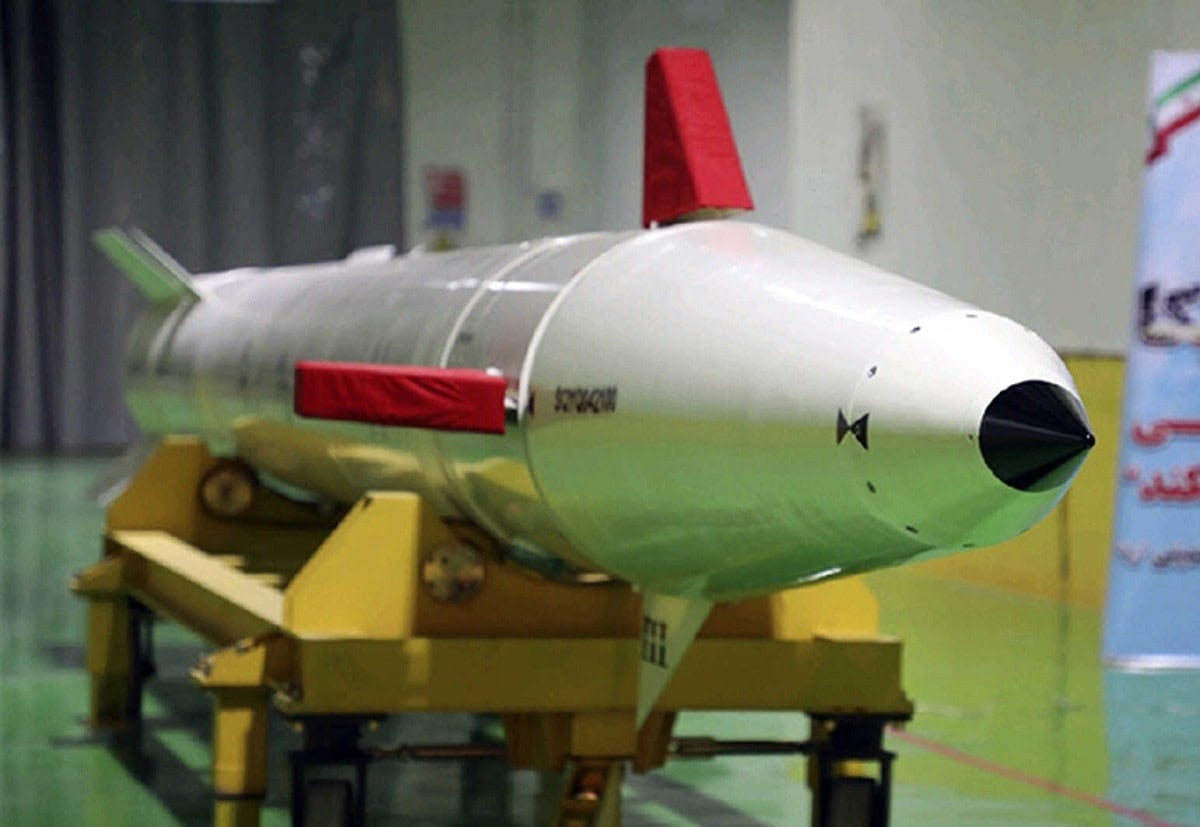The Parchin Attack, Explained: Over the last few weeks, Iran’s state media reported that an engineer and employee were killed when an “unexplained incident” struck a major Iranian military and weapons development site east of Tehran. According to the state-run media outlet, an industrial accident was the cause of the two deaths in the complex.
The New York Times reported that undisclosed Iranian sources and a U.S. official with knowledge of the Parchin area attack disputed this claim. The sources reported that the factory was struck by quadcopter suicide drones. While no group immediately claimed responsibility for the drone attack, Israel has carried out similar operations in the region in the past. Additionally, a few days before the attack, Israel took credit for the assassination of an Iranian Revolutionary Guards Corp (IRGC) colonel.
Military Compound in Parchin
Located approximately 35 miles southeast of Tehran, Parchin is home to a sensitive military compound. The International Atomic Energy Agency (IAEA) had suspected that the IRGC had conducted tests of explosives triggers at this site in the past, which could be used in nuclear weapons. Although Iran’s regime frequently denies its nuclear ambitions exist, its sharp uptick in raw materials production in compliance with international safeguards and threatening rhetoric prove otherwise. The ongoing joint U.S.-Iranian nuclear negotiations recently halted in Vienna, and U.S. officials predict Iran’s nuclear breakout time is imminent.
Evidence of Uranium Enrichment
Iran’s build-up of uranium enrichment and fissile materials – critical elements of a nuclear program – have steadily increased alongside its arsenal of ballistic missiles. The regime has also prevented inspector access to its weapons development sites, indicating it is not abiding by international standards. For these reasons, Israel is concerned.
Armaments and Drones
As Iran’s top regional adversary, Israel faces the wrath of the regime and its proxies across the Middle East. Specifically, Iran’s growing drone threat poses a challenge for Israel’s Defense Forces (IDF). In the last few years, Iranian drones have been deployed in attacks throughout the region. The Houthi rebels in Yemen, Iranian-backed Popular Mobilization Forces (PMF) in Iraq, and militants in Syria have utilized sophisticated drone technology to carry out attacks targeting Israeli and American assets in these territories.
Israel has invested significant resources to locate and remove Iran’s arsenal of drones, which it views as a serious threat to its security. In February, an Israeli airstrike destroyed an Iranian drone factory near Kermanshah. A senior intelligence official reported that the IDF used six suicide quadcopter drones to carry out the barrage. In both the February incident and last week’s Parchin attack, quadcopter drones were used to take out drone development sites in Iran. The similarities indicate Israel could be responsible.
The Parchin attack marks the latest incident in a series of explosions and fires that have swept Iran in the last two years. In 2020, a chain of explosions impacting alleged missile sites, petrochemical centers, and power plants in Iran garnered widespread attention.
A few days prior to the Parchin attack, a large fire broke out at a plastic-injection factory outside of Tehran. Videos depicting the explosion have been circulating widely on social media. Iran typically labels these incidents as “mishaps” or blames Israel.
Maya Carlin is a Middle East Defense Editor with 19FortyFive. She is also an analyst with the Center for Security Policy and a former Anna Sobol Levy Fellow at IDC Herzliya in Israel. She has by-lines in many publications, including The National Interest, Jerusalem Post, and Times of Israel.

